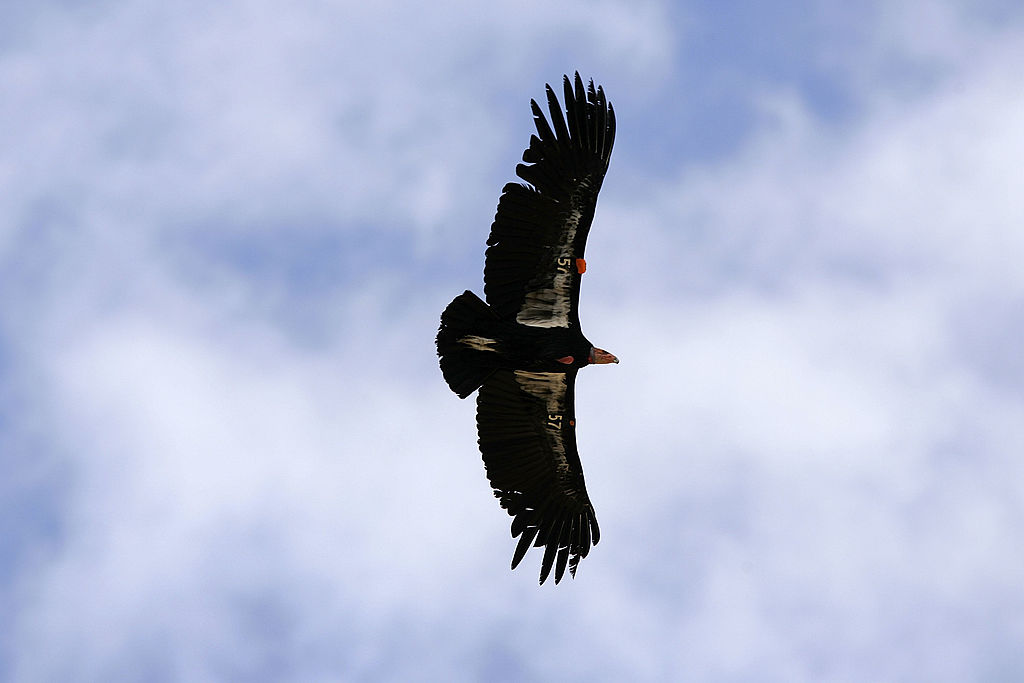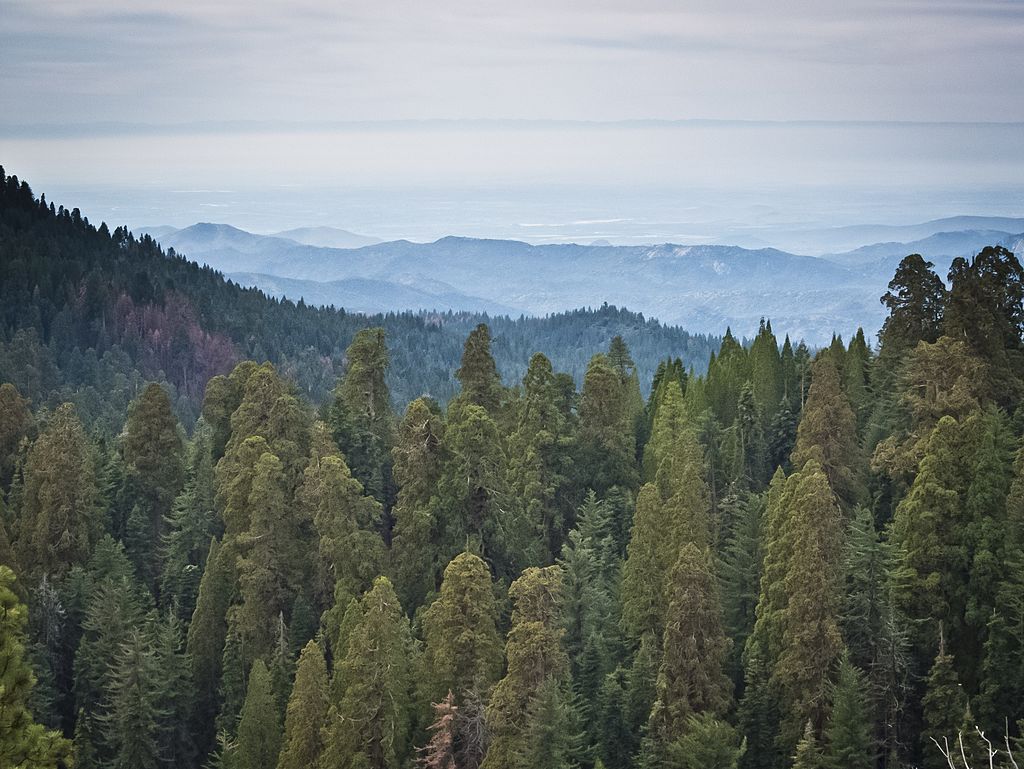While much of the world continues to isolate during the coronavirus pandemic, nature is slowly returning to normal.

The endangered California condor has been spotted in Sequoia National Park for the first time in nearly 50 years, the National Park Service said on Tuesday.
The giant birds are reclaiming their rightful, historic space in the park after teetering on the brink of extinction since the late 1960s. They were known to nest inside massive sequoia trees, CBS News says.
The park said the gigantic birds were seen on top of the granite dome of Moro Rock in late May, but they’ve also been tracked flying around Giant Forest, California condor biologist Dave Meyer told the Associated Press.
Photos shared to the U.S. Fish & Wildlife Service (USFWS) Pacific Southwest Region’s Flickr account show the beautiful birds soaring through the air and resting on a metal railing.
“Condors were consistently seen throughout the parks until the late 1970s,” Tyler Coleman, a wildlife biologists with Sequoia and Kings Canyon National Parks, told CBS in a statement. “Observations became increasingly rare throughout the latter portion of the century as the population declined.”
The condor is the largest land bird in North America and boasts a 2.8-metre wingspan, per the USFWS. They can weigh up to 25 pounds (about 11 kilograms) and stand at up to one metre high.
Though they once roamed a range from California to Florida, and Western Canada to northern Mexico, by 1982 there were only 23 condors alive worldwide.
Condors were bred in captivity for years, at places like the Los Angeles Zoo and the San Diego Wild Animal Park, the Los Angeles time says. They were reintroduced to the wild in 1992 and the population has since grown to 410 birds.
Though they’ve been flying near the park, this is the first time they’ve actually landed in it again.
“It took decades for the population to recover to the point where they were being seen in locations far beyond their release site. This is evidence of continued recovery of the species,” Coleman said. “The animal was on the brink of extinction, and arrival in Sequoia is good evidence that they are utilizing and occupying habitat where they once lived.”
“It is an important milestone.”
—





Comments